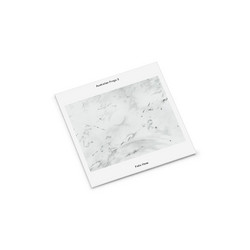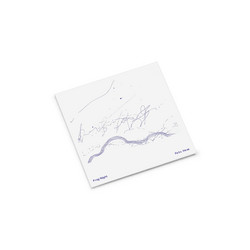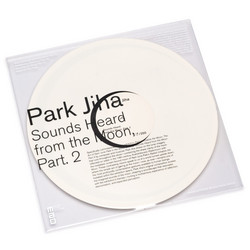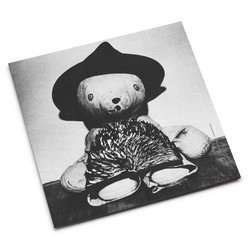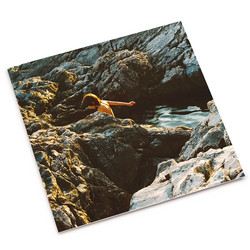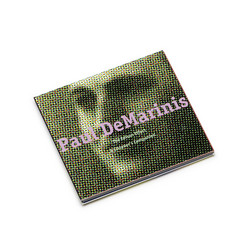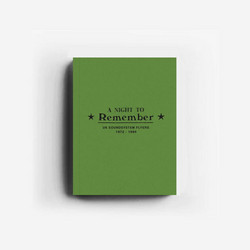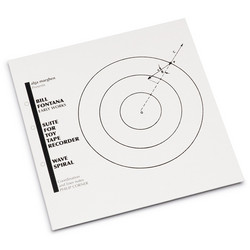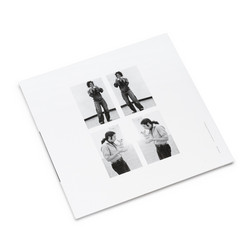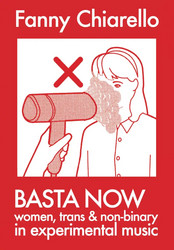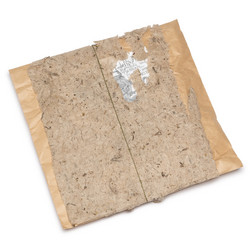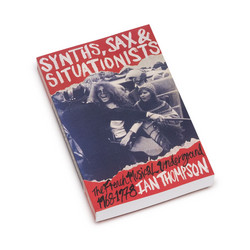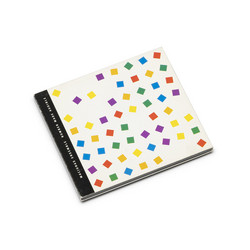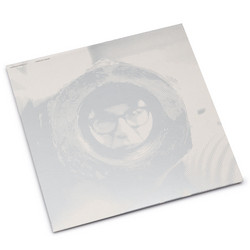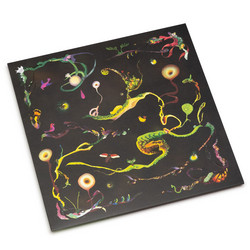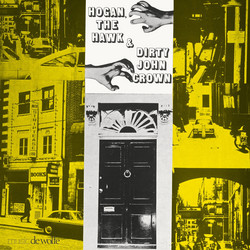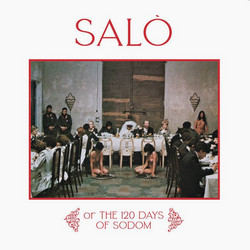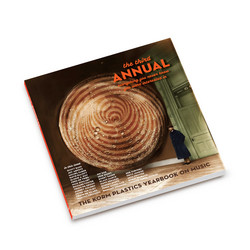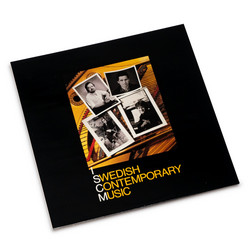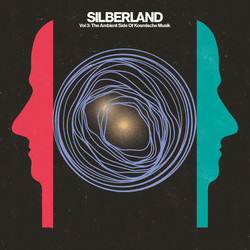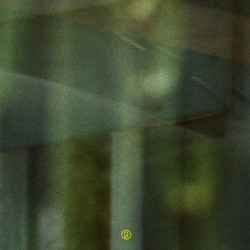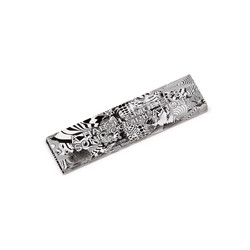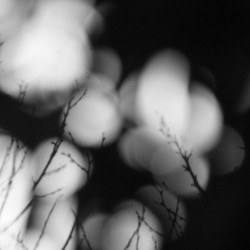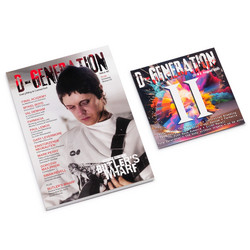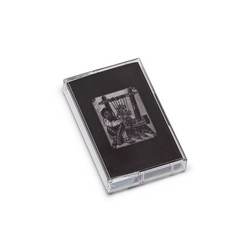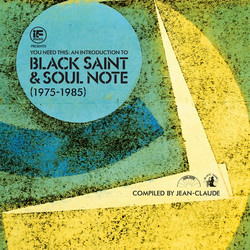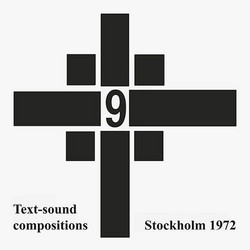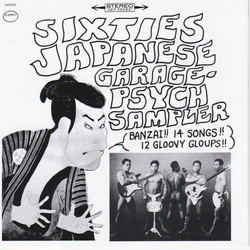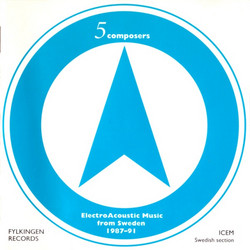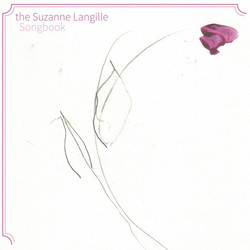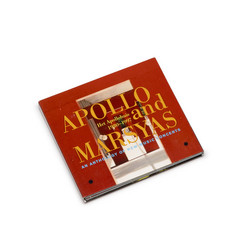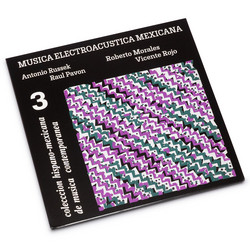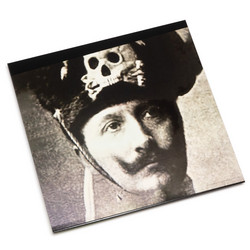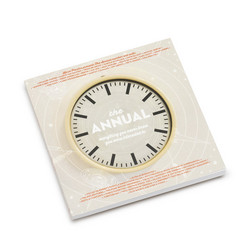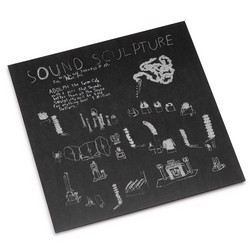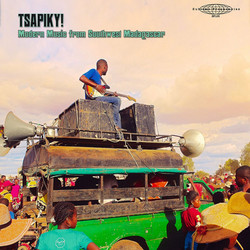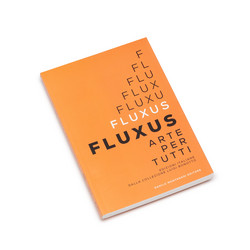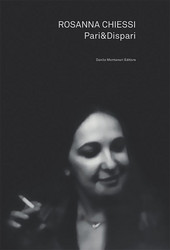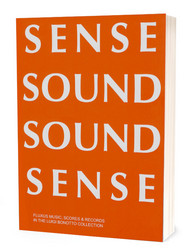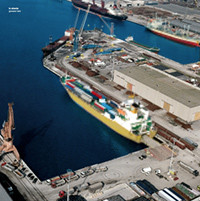Various
Sense Sound / Sound Sense. Fluxus Music, Scores & Records in the Luigi Bonotto Collection (Book)
Truly necessary catalogue accompanying an extensive exhibition dedicated to art works and musical scores and their relationship with Fluxus, an interdisciplinary movement of international artists, poets, composers and designers who experimented with fusing art and music in the 1960s and 1970s. The catalogue, published on the occasion of an exhibition curated by Patrizio Peterlini and Walter Rovere, delves deeply into this aspect of the Fluxus network. Rife with illustrations, the materials of the collection, as well as the movement and its history, are analysed in scholarly essays by Anna Cestelli Guidi, Alison Knowles, and the curators.
The question of the notation of the new performative methodology and the new music certainly does not only involve Fluxus, Zaj and all the experimentation that arose as a result of John Cage‘s teaching. In fact, it began much earlier and spread, accompanied by various diatribes, through much of the last century. Fluxus has, over time, been recognized as one of the most influential artistic movements of the 20th century and the forerunner of important artistic trends that followed (from conceptual to performance to video-art), but the movement was distinctive in that it assigned enormous importance to musical production, presenting all of its own public events as “concerts,” but concerts that systematically demolished all accepted notions of form and content in music, aiming at the now obsolete listening conventions and cultural values of classical music, but also at the “scientific” and intellectual pretensions of the most advanced European classical-contemporary experiences of the time.
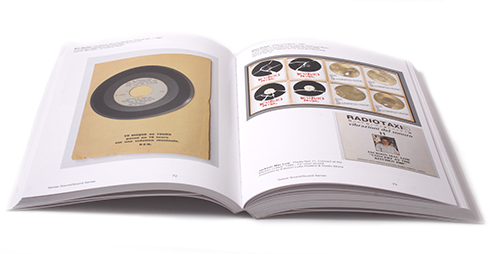
The score of Drip Music by George Brecht (“Drip water into a container”), the Disappearing Music for Face by Mieko Shiomi (“Change gradually from a smile to no smile”), the poetic suggestions of Yoko Ono (“Listen to the sound of the earth turning”), or the instructions given by Ben Patterson on the various ways to produce sounds with pieces of paper, which, once published at low cost, became an invitation to the readers to “perform” them themselves, and to discover that the aesthetic experience does not require any specialist training, and can spring from any banal everyday action.
In 1969, John Cage, in collaboration with Fluxus artist Alison Knowles, published Notations, a comprehensive anthology of the innovations brought by international experimental music to the functions and methods of notation (consisting of a large collection of graphic scores by 269 composers from the Foundation for Contemporary Performance Art). This has been taken as the starting point for the project Sense Sound / Sound Sense.
It is widely known that Fluxus was strongly influenced by the lessons that John Cage gave at the New School for Social Research in New York between 1956 and 1960. Among those who attended the courses (especially in the summer of ’58) were some artists who had no musical training, but came from the field of painting (such as Allan Kaprow, George Brecht, Al Hansen), or were poets such as Jackson Mac Low, or Dick Higgins, Toshi Ichiyanagi, Robert Whitman, Robert Watts and others. Cage’s radical ideas about the indeterminacy of performance, about composition understood as the creation of a process instead of an object, and about a notation that did not necessarily have to refer to sounds but could be applied to any action, had a strong influence in bringing the visual and sound aspects of their work onto the same level. It was during Cage’s courses that Kaprow took the step from Environments to Happenings, and that Hansen and Brecht created some of their famous works such as Alice Denham in 48 Seconds, Candle Piece for Radio and Time-Table Music.
It was also at the New School, but after Richard Maxfield had taken over from Cage as instructor, that George Maciunas met La Monte Young, who had been organizing a series of concerts in Yoko Ono’s loft since December 1960.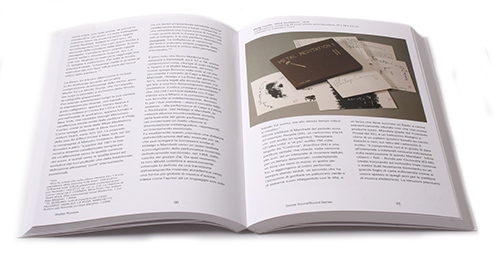
The first events presented by George Maciunas in 1961 at the AG Gallery in New York were organized under the name Musica Antiqua et Nova. From the following year onwards he began to work out an ambitious world tour of the Festum Fluxorum Fluxus; the first of these events, at the Städtische Museum in Wiesbaden in September 1962, has been suggested to be the official start of the group’s activity. Among those who participated at the festival were George Maciunas, Nam June Paik, Emmett Williams, Dick Higgins, Wolf Vostell, Alison Knowles, Ben Patterson, Robert Filliou and Frederic Rzewski, who not only performed their own compositions but also works by John Cage, Philip Corner, Takehisa Kosugi, Giuseppe Chiari, Sylvano Bussotti, Terry Riley, Yoko Ono, Toshi Ichiyanagi, Robert Watts, George Brecht, Jackson MacLow and La Monte Young.

In the same year the Neo Dada in der Musik was held in Dusseldorf, organized by Paik, and in 1963, Charlotte Moorman founded her Annual Avant-Garde Festival of New York, an event which brought together Fluxus musical experimentations and other new artistic trends such as video art, kinetic art, etc.
The story of the publication of An Anthology of Chance Operations, Concept Art, Anti-Art, Indeterminacy, Improvisation, Meaningless Work, Natural Disaster, Plans of Action, Stories, Diagrams, Music, Dance Constructions, Compositions, Mathematics, Poetry, Essays, also in 1963, is emblematic of this intertwining of interests.
In 1960, La Monte Young came to New York to study music and met the poet Chester Anderson, who invited him to collect a series of musical scores and texts by leading figures in the innovative work of the time for a special issue of the counterculture magazine Beatitude East. The project never came to fruition, but in April 1961, during two concerts by Jackson MacLow that were given in Yoko Ono’s loft, La Monte spoke about it to Maciunas, who offered to take care of the printing and graphics of what was to become, in fact, “An Anthology…”, published in 1963 with the collaboration of Mac Low.
In the same period (1964), again inspired by what they had learned from John Cage’s teaching, the Zaj group was formed in Madrid, made up of Jose Luis Castillejo, Ramires Cortés, Esther Ferrer, Juan Hidalgo, Walter Marchetti, Tomás Marco and Eugenio de Vicente. For this group too, the publication of the scores, whether musical or performative (although these two aspects often merged together too), become central and programmatic.
In the same period, the focus on music and sound led many artists to become interested in producing discs. So in addition to recording “classical” music compositions, there was a boom in a whole range of experiences linked to documentation of the performances and happenings.
Many of these transcended mere documentation. Vinyl records and sleeves became a medium for new experimentation in parallel with the evolutions affecting the book medium. This led to the creation of what may be called artists’ discs.
Knizak and Køpcke, for example, carried out experiments altering discs with glue, scratches, scorch marks etc., to produce object-sculptures with a unique sound, while Vautier sold discs to be bought at random with alternative instructions for use, and Paik made recordings of a 78 rpm disc of Schoenberg played at 16 rpm.
Some independent record companies became interested in the phenomenon, leading to the development of chains dedicated to contemporary music, sound poetry and recordings made by the artists.
The Cramps Record company started up in Italy, which, thanks to Gianni Sassi‘s awareness and the collaboration with Gianni-Emilio Simonetti, documents much of the experimental production in Italy and abroad.
The company’s Nova Musicha and DIVerso chains featured the first recordings of works by Juan Hidalgo, Walter Marchetti, Robert Ashley, Cornelius Cardew, David Tudor and John Cage. As regards Cage’s work, it is worth noting the world’s first recording of 4’33 by Juan Hidalgo, Walter Marchetti, Gianni-Emilio Simonetti and Demetrio Stratos.
The exhibition will display works and scores by: Eric Andersen, George Brecht, Sylvano Bussotti, John Cage, Giuseppe Chiari, Philip Corner, Esther Ferrer, Juan Hidalgo, Dick Higgins, Robert Filliou, Toshi Ichiyanagi, Joe Jones, Milan Knizak, Takehisa Kosugi, Shigeko Kubota, György Ligeti, George Maciunas, Jackson Mac Low, Walter Marchetti, Charlotte Moorman, Yoko Ono, Nam June Paik, Ben Patterson, Terry Riley, Mieko Shiomi, Takako Saito, Gianni-Emilio Simonetti, Ben Vautier, Yoshimasa Wada, La Monte Young and others.
The Bonotto Collection was created at the beginning of the 1970s, has an extensive collection of documents concerning the Fluxus artists, including works, audio documentation, videos, posters, books, magazines and edited collections, as well as international verbal-visual research developed since the late 1950s: Concrete Poetry, Visual Poetry and Sound Poetry.

